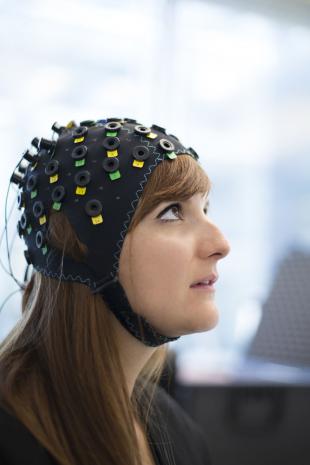
Breaking News
 BREAKING: ACTIVE SHOOTER at Brown University - Two People Dead - 8 Critically Injured
BREAKING: ACTIVE SHOOTER at Brown University - Two People Dead - 8 Critically Injured
 Argentina Moves to Let Banks Offer Bitcoin and Crypto Services
Argentina Moves to Let Banks Offer Bitcoin and Crypto Services
 We're One Storm Away From Disaster
We're One Storm Away From Disaster
 Think a Dairy Cow Will Tie You Down? Here's the Truth.
Think a Dairy Cow Will Tie You Down? Here's the Truth.
Top Tech News
 This tiny dev board is packed with features for ambitious makers
This tiny dev board is packed with features for ambitious makers
 Scientists Discover Gel to Regrow Tooth Enamel
Scientists Discover Gel to Regrow Tooth Enamel
 Vitamin C and Dandelion Root Killing Cancer Cells -- as Former CDC Director Calls for COVID-19...
Vitamin C and Dandelion Root Killing Cancer Cells -- as Former CDC Director Calls for COVID-19...
 Galactic Brain: US firm plans space-based data centers, power grid to challenge China
Galactic Brain: US firm plans space-based data centers, power grid to challenge China
 A microbial cleanup for glyphosate just earned a patent. Here's why that matters
A microbial cleanup for glyphosate just earned a patent. Here's why that matters
 Japan Breaks Internet Speed Record with 5 Million Times Faster Data Transfer
Japan Breaks Internet Speed Record with 5 Million Times Faster Data Transfer
 Advanced Propulsion Resources Part 1 of 2
Advanced Propulsion Resources Part 1 of 2
 PulsarFusion a forward-thinking UK aerospace company, is pushing the boundaries of space travel...
PulsarFusion a forward-thinking UK aerospace company, is pushing the boundaries of space travel...
 Dinky little laser box throws big-screen entertainment from inches away
Dinky little laser box throws big-screen entertainment from inches away
 'World's first' sodium-ion flashlight shines bright even at -40 ºF
'World's first' sodium-ion flashlight shines bright even at -40 ºF
Device reads brain activity to help locked-in people communicate

People with a rare condition called complete locked-in syndrome may finally have a link to the outside world. By reading the brain activity of completely paralyzed people in a new way, researchers could tell whether the test subjects were thinking 'yes' or 'no' in response to a question. The results were published Tuesday in the journal PLOS Biology.
Four people with complete locked-in syndrome used the new technology to report that they were happy. The findings indicate that these people actually can communicate, with help from the right technology.
The new work is a great proof of principle, says Steven Laureys, who leads the Coma Science Group at the University of Liège in Belgium, and who wasn't involved in the new study. Communication tools like these can make a big difference in a paralyzed person's quality of life. "We will see more and more patients in years to come who, through these technologies, will be given a voice," he says.
Losing touch
People with locked-in syndrome lose control over their muscles but remain fully conscious. The paralysis can happen suddenly, due to a stroke or brainstem injury, or slowly, when motor neurons are destroyed in amyotrophic lateral sclerosis (ALS).
There are a few tools that can help profoundly paralyzed people communicate. Stephen Hawking, who has ALS, twitches his cheek to operate a speech synthesizer. Jean-Dominique Bauby, the editor of the French fashion magazine ELLE, blinked to select different letters of the alphabet while writing his memoir, The Diving Bell and the Butterfly, in the 1990s. Today, sophisticated eye trackers are available.
And then there are brain-computer interfaces, which read brain signals and use them to command computers or robots. People with locked-in syndrome have used them to control computer cursors and spell.
In rare cases, people can't even move their eyes or eyelids. These people, who are completely locked in, are harder to reach. It's not entirely clear why they have trouble using brain computer interfaces, which aren't controlled by muscle movement.
Niels Birbaumer, a neuroscientist at the Wyss Center for Bio and Neuroengineering in Geneva and coauthor of the new research, has an idea about why this may be, although there's little evidence to support it so far. He proposed that it becomes harder over time for patients to channel their thoughts into voluntary action. "Anything you want, everything you wish does not occur. So what the brain learns is that intention has no sense anymore," he says. "It is too difficult for them to switch from [a] more reflective state into an attentive state."



